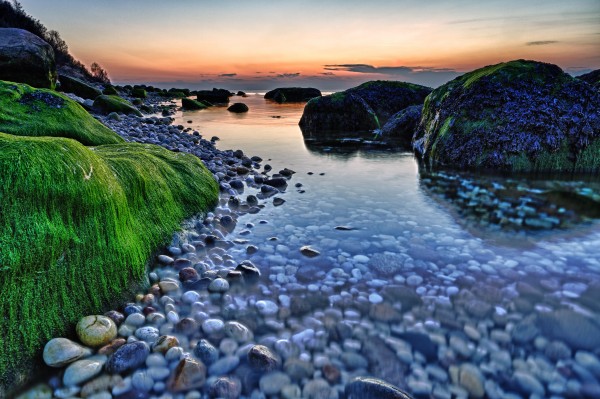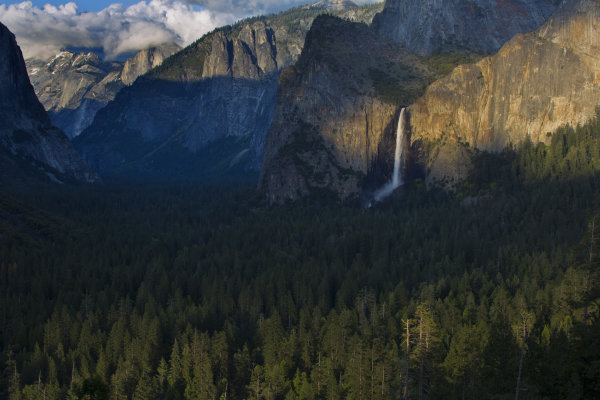A Post By: Rick Berk
As photographers, the highest compliment we can be paid is to have someone pay us for our vision and creativity. For some, this means becoming wedding or portrait photographers, getting paid per event or session. But what about those of us who enjoy shooting landscapes, or wildlife? Subjects that aren’t often paid for in advance? Aspiring photographers are often told they should try selling their work, but are unsure where to start. It’s relatively easy to set up a website, but getting potential customers there can be difficult. So how do you get your work seen? What are the options? Here are five tips to getting started.
1. Establish an Online Presence
This allows you to get customers when you aren’t otherwise selling your work. The secret here is to go with a web presence that will allow you to be found when others don’t even know they are looking for you. I use FineArtAmerica.com to host my website. The beauty here is that all of my work gets entered into their database. I keyword my images, so they appear in pertinent searches by people who’ve come to the site looking for art to purchase. Visitors who know of me can use my own URL, but my guess is that few, if any of my sales actually have come from people visiting my personal URL. There are other websites out there- Zazzle.com and RedBubble.comare two others.
I will admit I know very little about how they operate, so do some research before you commit to any of these websites. One of the beautiful things about the online presence is that it can work with the other outlets I mention below. It will allow you offer other sizes and products, such as canvas prints, that you may not keep in stock at an art show or be displaying in a gallery. It allows someone who saw you at a show, but wasn’t prepared to purchase, place that order a day, a week, or a month later. With any of these sites, depending on how quick you are to upload your work, you can be selling within hours.

This image of a local point of interest on Long Island, NY would do well in a local restaurant, cafe, or art show but would probably not garner interest in a more national setting.
2. Look Locally
There are opportunities to sell your work everywhere. That coffee shop on the corner. That new restaurant down the block. Many local banks will occasionally show local artists’ work. The local library will as well. Prepare a portfolio and ask who to speak with at the establishment.
Be prepared to have your images printed, matted, and framed. Work with the establishment to set up guidelines, commissions, and payment for the images. The best images for this kind of use are images of local landmarks that compliment the restaurant, or images that work well with the restaurant or establishment’s theme.
3. Besides local restaurants and cafes, local art galleries and framing shops are also a good bet
Contact the gallery owners for their guidelines and ask how they like to review new submissions. I’ve found they all seem to work a little differently. Some galleries will charge a membership fee, or a rental fee for space. Most will have specific requirements for digital files, and commission structure will vary- the usual range is from 40%-60%
4. Local art and Craft Shows
These can be tricky, because you never know what kinds of buyers will show up. It’s best to avoid shows that may be more crafty than artsy, but you’ll have to evaluate each show on it’s own merits. These are a good way to get your feet wet, as they tend to have low entry fees and less stringent requirements, but at the same time, you don’t get the kind of buyer who is necessary looking for fine art and is willing to pay top dollar for it.
Local shows, like local eateries, tend to look for more local art. My first show I showed up with lots of images from around the country in my travels. The stuff that got the most interest was all stuff local to where I lived. You’ll want to have a variety of sizes, with most images matted and a few framed images. While the larger images look great, it’s generally the smaller sizes that will sell better.
5. A-list Art Fairs are the “Big Time”
I have not ventured into this arena yet but have researched it thoroughly. Sunshine Artist Magazine(subscription required) is pretty much the definitive resource for these larger art fairs. Each fair is different, with artists required to apply and be accepted into the show. Application fees can be in the hundreds of dollars and apply to your booth fee if accepted. The applications are generally accepted months in advance, so planning is required.
There are requirements for your booth layout as well. Nothing about these shows is just thrown together at the last minute. It is virtually a full time job to do such fairs, so be prepared for a commitment. It is an expensive proposition as well. You must have a stockpile of prints, framed and unframed, as well as a way to display them. Several artists I know well have spent well over $1000 just on displays. That said, they can be lucrative as there are many who do make a good portion of their income doing such shows.

An image of a national park or other nationally known landmark will have broader appeal.
As I mentioned, it’s incredibly gratifying when someone is so taken with your work that they actually pay for it. There are various outlets for you to get started in selling your work. All it takes is some commitment, and some time to get started. Remember, ultimately,